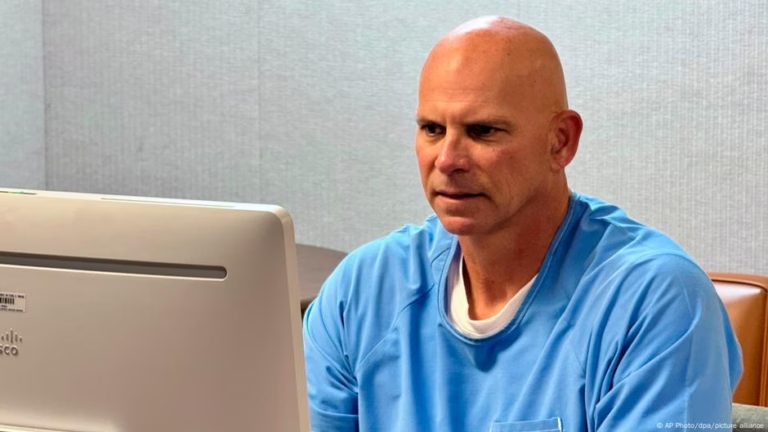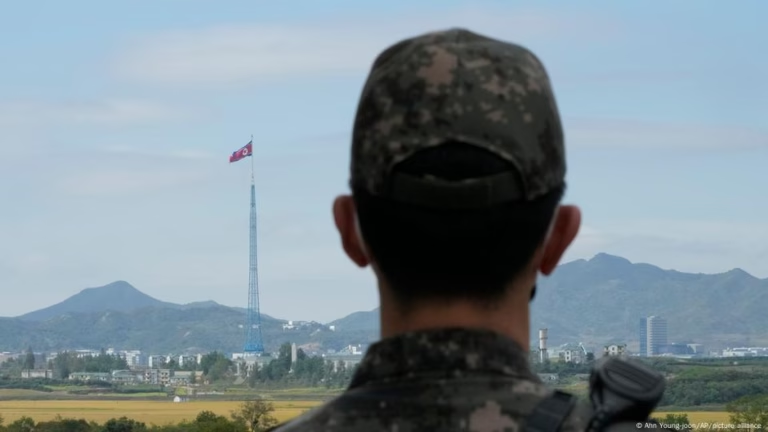In the foothills of the Namib Desert, even the heavy rains of 2025 have barely left an impression. Only a few mountains stand out against the grayish-brown landscape of the desert. It is here, approximately 120 kilometers northeast of Walvis Bay, Namibia’s largest port, that Namibia is making its latest contribution to the global effort in reducing greenhouse gas emissions.
Near the town of Arandis, 44,000 solar panels shimmer in the Namibian sun, offering ideal conditions.
“On average, we have around 30 hours of closed cloud cover a year,” explained Johannes Michels, managing director of Hylron, a company that commenced production of the first green hydrogen in Namibia at the end of March.
The “Oshivela” project is Namibia’s first modern ironworks. But unlike conventional or “gray” ironworks, Oshivela produces “green iron” because it uses power sourced through renewable energy.
According to Michels, this could make Namibia “the first country in the world to produce iron industrially without CO2 emissions.”
As geplant by Namibia’s late President Hage Geingob, to transform the Namibian economy with hydrogen is beginning to materialize. The country aims to industrialize and create jobs to tackle the officially high unemployment rate of around 37%. Namibians are aware of the adverse effects of climate change, an issue which also has an impact on subsistence farming, with the area hosts 5,000 sheep that went thirsty for twelve years leading to the owners having to sell, laying the groundwork for a promising decarbonization project in Namibia.
Among those showing interest in this enterprise is Germany. “We need to decarbonize our steel industry,” explained Rainer Baake, the German government’s special representative for Namibian-German hydrogen relations. Namibian hydrogen industry is developing — enabled by funds from Germany.
However, it is noted that while subsidies alone won’t be enough, expressing doubts about Namibia’s possible benefits from the hydrogen industry; possible foreign exchange earnings or tax revenue are unlikely to eventuate if the industry isn’t commercially active for years to come.
Despite this concern for commercial success, HyIron has not only garnered interest in Germany. Representatives from Japanese Toyota visited the plant, indicating interest in shares and possibly importing emission-free iron to South Africa, which builds cars for export to Europe.
Source: https://www.dw.com/en/how-germany-is-fueling-namibia-s-green-hydrogen-revolution/a-72136731?maca=en-rss-en-all-1573-rdf








